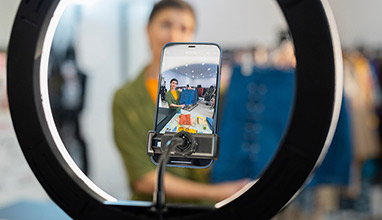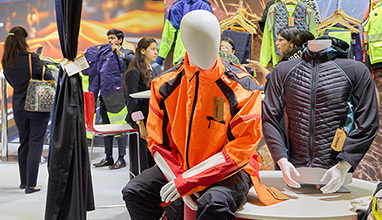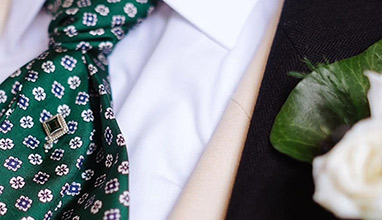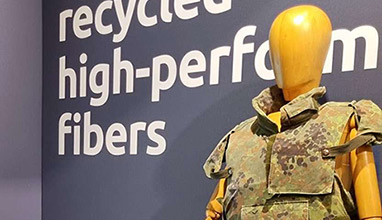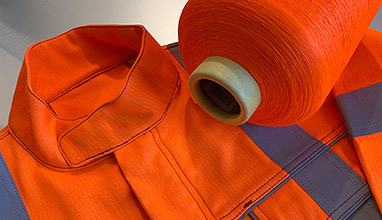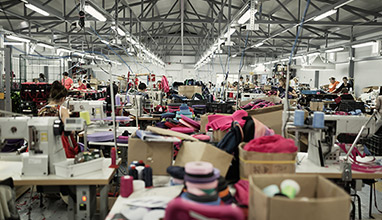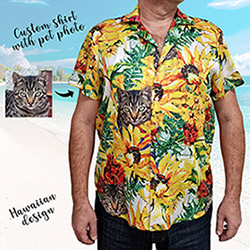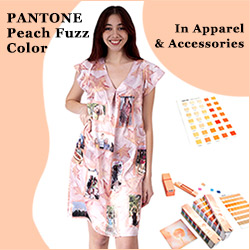Corporate dress: nature and types
People have long ago understood that clothes serve not only to protect them from the impact of climate and nature, but also to communicate – to express some of their arrangements and mood. Business communication, as an informative process in business and organization area, can’t ignore such an important resource as corporate dress. That’s why it’s necessary to clarify some of the most significant and actual aspects of corporate dress in the context of exchanging messages and information with labor and organizational nature. What is the communicative nature of clothes and how can we read their messages in the organizational sphere? What are the types and varieties of corporate clothing and what is its connection with work dress, protective dress and uniform? Is there any difference between dressing style of business people who are representatives of different cultures and what it depends on? Is corporate dress really a part of intercultural business communication? How through our appearance strategy we can strengthen our chances for success in a job interview? Does corporate dress change and how does it change in the structure of business communication? We hope that the next lines will get you closer to the theory and practice of corporate clothing as an important instrument of business communication.
Dressing style in corporations depends on the impact of
three factors:
The first factor refers to the general demand for corporative
or firm dress: to be reliable, to be formal and to be maximum
connected with the functions of the employee.
The second factor contains the symbol-sign and dress color
criteria, which exist in the relevant offices and are structural
part from corporate image. In fact, corporate dress is a
powerful instrument to declare affiliations with some community.
The third factor is mixed. Some fashion tendencies in volumes, silhouettes, fabrics and colors (although very poor) have influence over it, as well as some sub cultural and non-formal ideas of the staff, which become effective only after a sanction or order of the top management.
If we have to answer whether there is difference between
dressing styles of the employees on different positions
in the hierarchy of the organization,
we have to consider that if we expel strictly hierarchical structures – soldiers,
pilots, naval officers, policemen, firemen, post staff, transport and metro
workers, dispatchers, couriers and people, busy in infrastructural area, where
the signal-sign part of the dress is particularly evident defined and distinguished,
it’s important to say that there isn’t any drastic difference between
clothes of the employees, working on different level in certain organization.
The discord descends from the people’s individual taste and its appropriate
manner of dressing, as well as financial resources and the sense of luxury,
expensive and fashionable clothing. If we ask one of the most popular experts
on corporate dress in the world – the famous researcher of the successful
outlook John T.Molloy, we’ll find out he recommends that dress must correspond
to our colleagues’ clothes who we are equal to; that it has to be appropriate
to the dress of the wealthier part of the middle class; to be made of natural
fabrics; not to stress your sexual charm and to be more conservative than
the clothes of at least half of your colleagues.
It’s logical to think that the flawless dressing style, the perfect outlook
and adequate cares of being reliable through nonverbal communication – the
body language, which also includes clothes, all this reflects on the way of
expressing ourselves. The discipline and the perfect outlook suppose discipline
and perfect expression hability. Everyone’s clear about the fact that
businessman and businesswomen will quickly fail and fall into discredit if
they express their selves inaccurate, incompetent and irresponsibly. It also
refers to their clothes. Their dress code consists the message for safety,
intelligence and professionalism. One might say that, with some exceptions,
there isn’t a complete idea about corporate men’s and women’s
dress. It seems that women may be are leaders, because they take more care
of looking reliable, competent and serious in the sphere of business communication
through their outlook, including clothes, accessories and different things.
The employees of some foreign agencies of famous brands in our country such
as “Armani”, “MaxMara”, “Benetton”, “Motivi”, “Escada”, “Ermenegildo
Zegna”, “Cherutti”, “Hugo Boss”, “Karl
Lagerfeld”, “Givenchy”, “Balmain”, “Versus” and
others are one of the best in this aspect. The so called “yuppies” (young
urban professionals) and experts who establish the new business style with
self-confidence and competence, are well informed and good at improvisation.
The top management of such hotels as “Sheraton”, “Hilton”, “Radisson”, “Vitosha” Park
Hotel and the high-ranking officials of the big car agencies and showrooms,
bosses and high-ranking bank officials, financial-broker houses’ and
soft drinks companies’ managers, media or software companies’ bosses,
get into the charts of the most stylish and elegant businesspeople in our country.
The entire expression is that outlook, including clothes, haircut, make-up,
accessories, aren’t among the most powerful aspects of businessmen
and women in our country.
Who determines the dressing style of Bulgarian corporate society? Style is very often defined by formal and non-formal leaders in the relevant organizations, who demonstrates exigency toward their corporate suits and serve as an example. Some of the employees exchange experience while going on business trips, specializations, business appointments. It’s important not to forget that choosing an outlook is a personal privilege, a matter of culture and appropriate style – as far as it is developed and adopted in an organization, it commits in principle, but not in details. Often dressing style in some organizations changes under the pressure and because of the desire of the majority. There’s a significant example when employees of IBM - and especially youth, managed to obtain casual Friday when sporting and neglig? clothes are allowed. Then the managers of the organization start to dress in disarray and non-formal. Further, we’ll pay attention to the casual and non-formal corporate dress.
It is possible to discuss the different types of specific clothes, connected to the implementation of definite kind of job. What is common and what is particular in that case – whether corporate dress as a concept is more general than work dress or contrariwise – work dress consists corporate dress. In general, work dress has to be universal, because it’s worn either by the particular person (for example an owner of a lot, who cultivates it, wearing appropriate clothes) and the members of different companies, departments, companies etc., and corporate dress is connected to definite rules which control the outlook of the employees, working in an organization. In order to facilitate all and synchronize it with the subject of business communication and corporate dress we’ll present following a classification of the corporate dress: work dress, protective dress, uniform, casual business dress or non formal business clothes as well as man’s and lady’s corporate dress.
This article is part from the handbook “Public Relations and Business Communication” by Lubomir Stoykov and Valeria Pacheva - Sofia, 2005.
Copyright:
© Lubomir Stoykov
© Valeria Pacheva
©
“Ot Igla Do Konetz”
Hits: 19667 | Leave a comment
Tags:fashion, industry, Lubomir Stoykov, corporate dress, career





